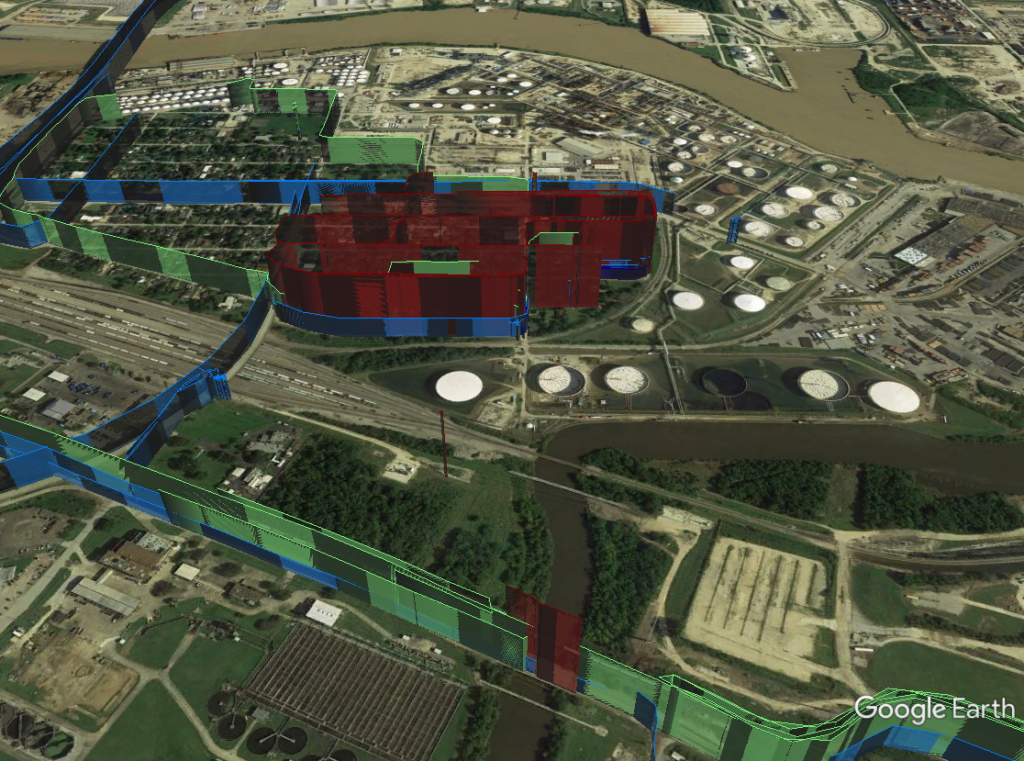
Chemical analysis near Manchester, Houston TX, revealed concentrations of benzene above 100 ppbv. The displayed data is a summary of data tracking the plume over several days as the evolution of the release was monitored.
Entanglement Tech Featured in New Air Quality Case Studies
News
26th Nov 2019
Entanglement Technologies advanced sensors were featured this month in two new case studies published by Stax and C40 Knowledge Hub.
In A Breath Of Fresh Air: A roadmap for investing in air quality sensing technologies to address climate, health, and air pollution, Stax highlighted Entanglement's field work after Hurricane Harvey to identify potential contaminants in the region:
Working with local governments and rapid responders, Entanglement surveyed the region in two days to identify hot spots. They provided real-time data to local governments to issue alerts or evacuate areas as needed to protect the public.
C40 also highlighted this work with the Environmental Defense Fund in its report Mobile air quality monitoring in Houston after Hurricane Harvey:
As regulatory monitors had been turned off by state air officials to protect the instruments from the storm, Houston had no information about potential exposures during and in the days following Harvey. To fill this data gap, the City of Houston Health Department dispatched a mobile air quality effort to record toxic hotspots. They found concentrations of benzene – a toxic carcinogen – of 38 times the threshold for an ‘acute’ exposure.
We are happy to see our work being shared to advance mobile sensing technology globally. Learn more about why it's so important in our recent Medium post.